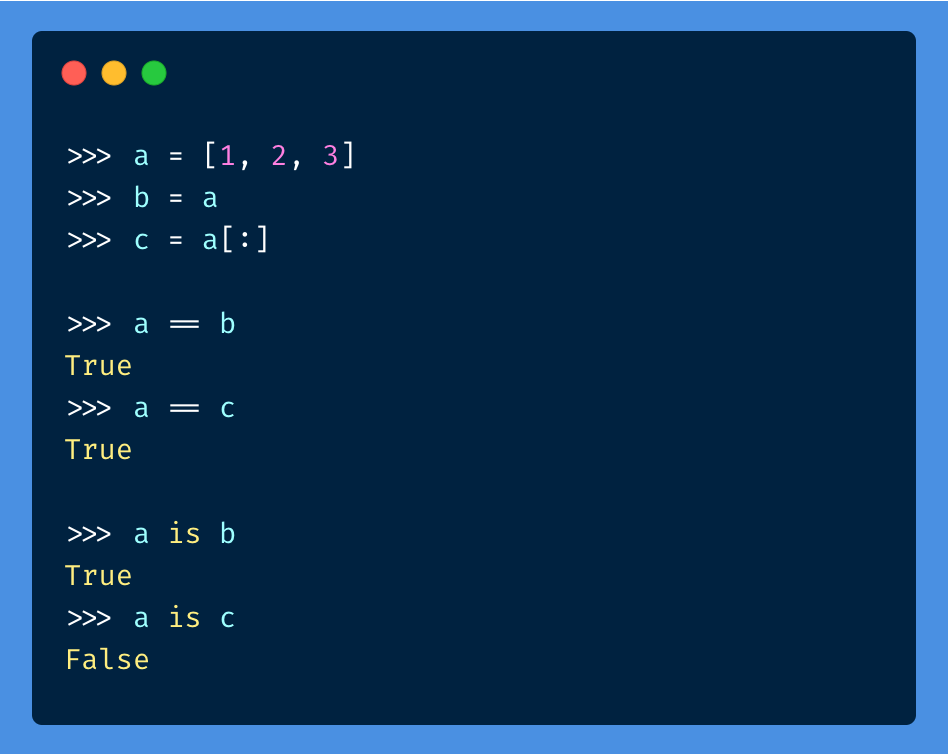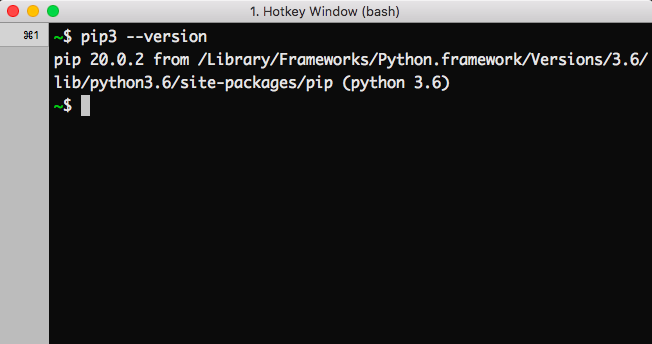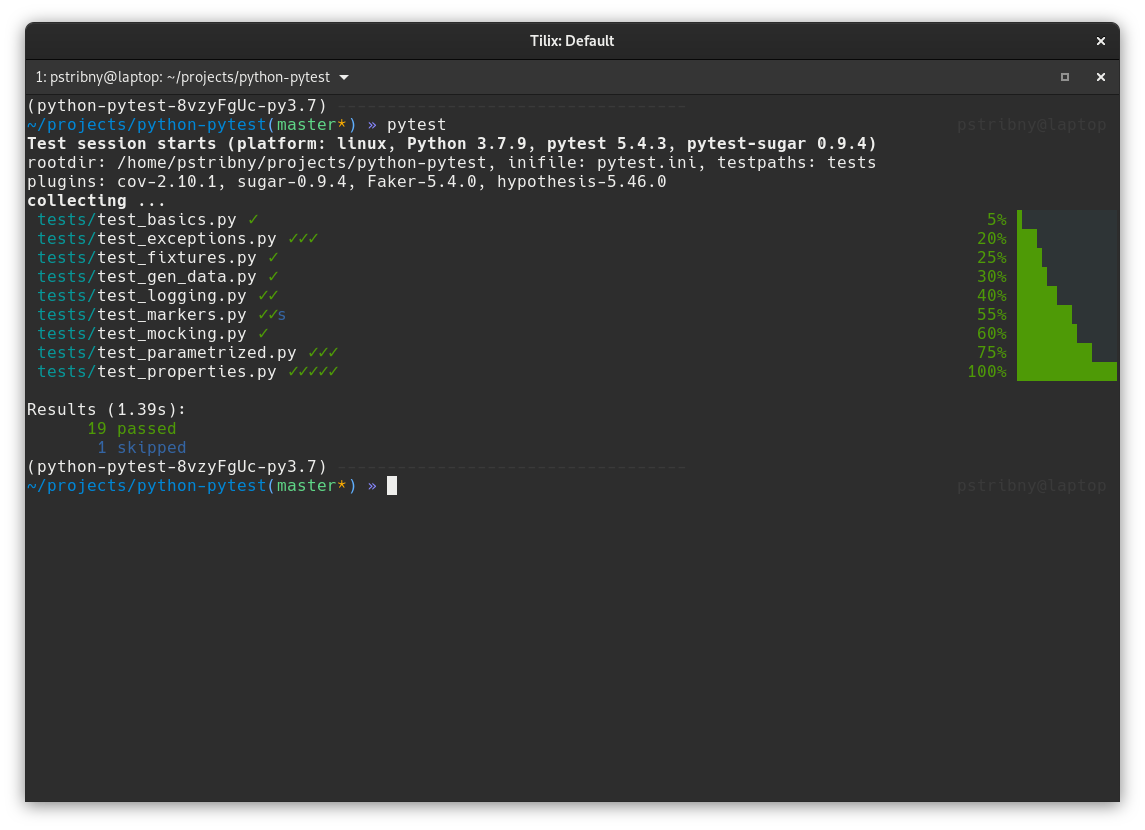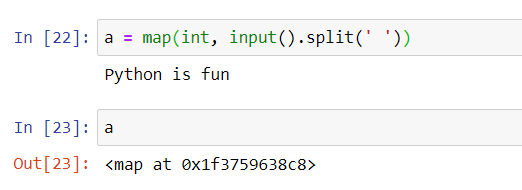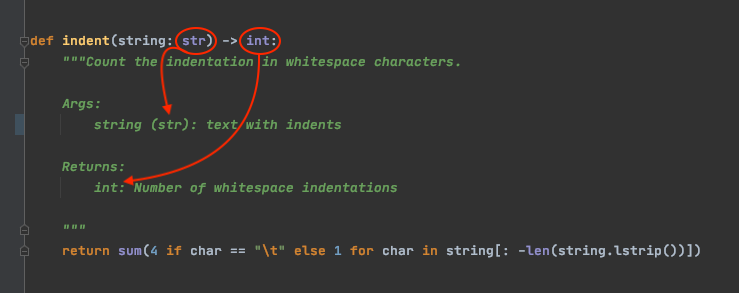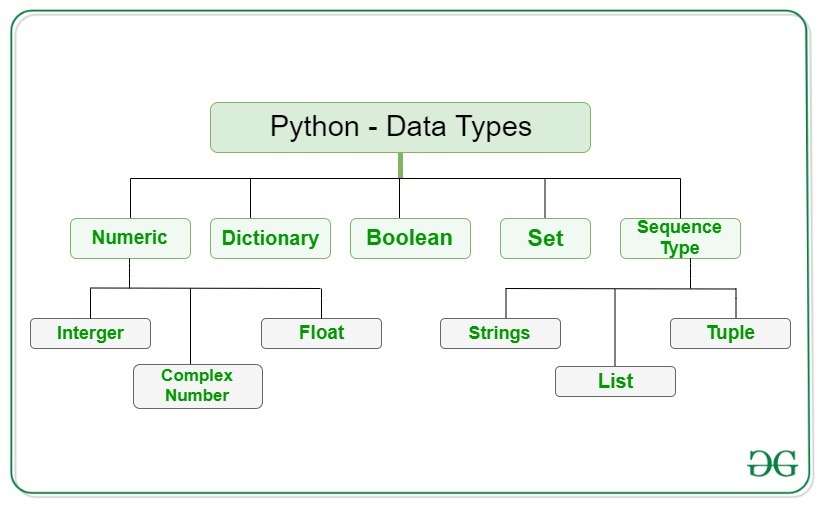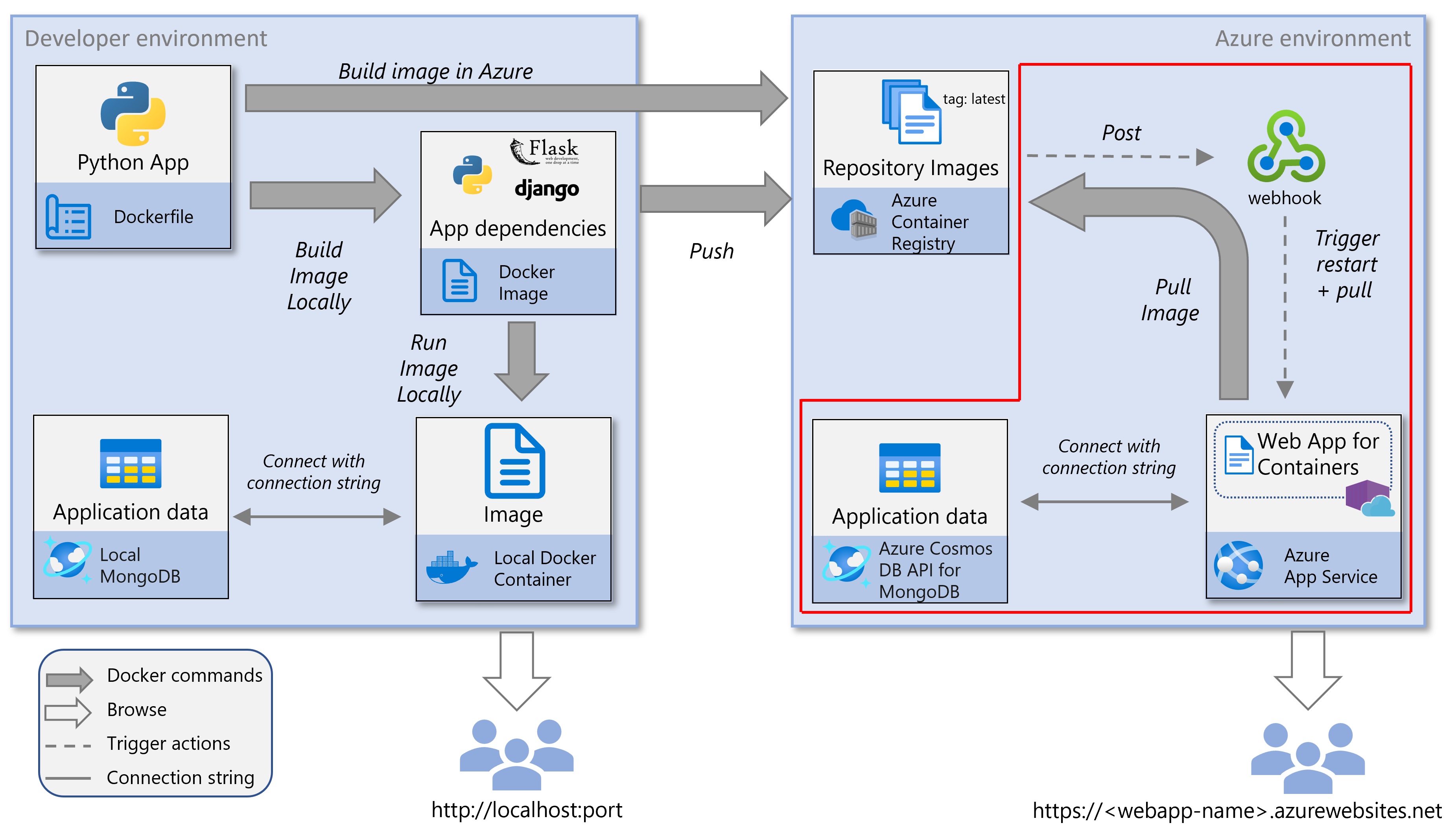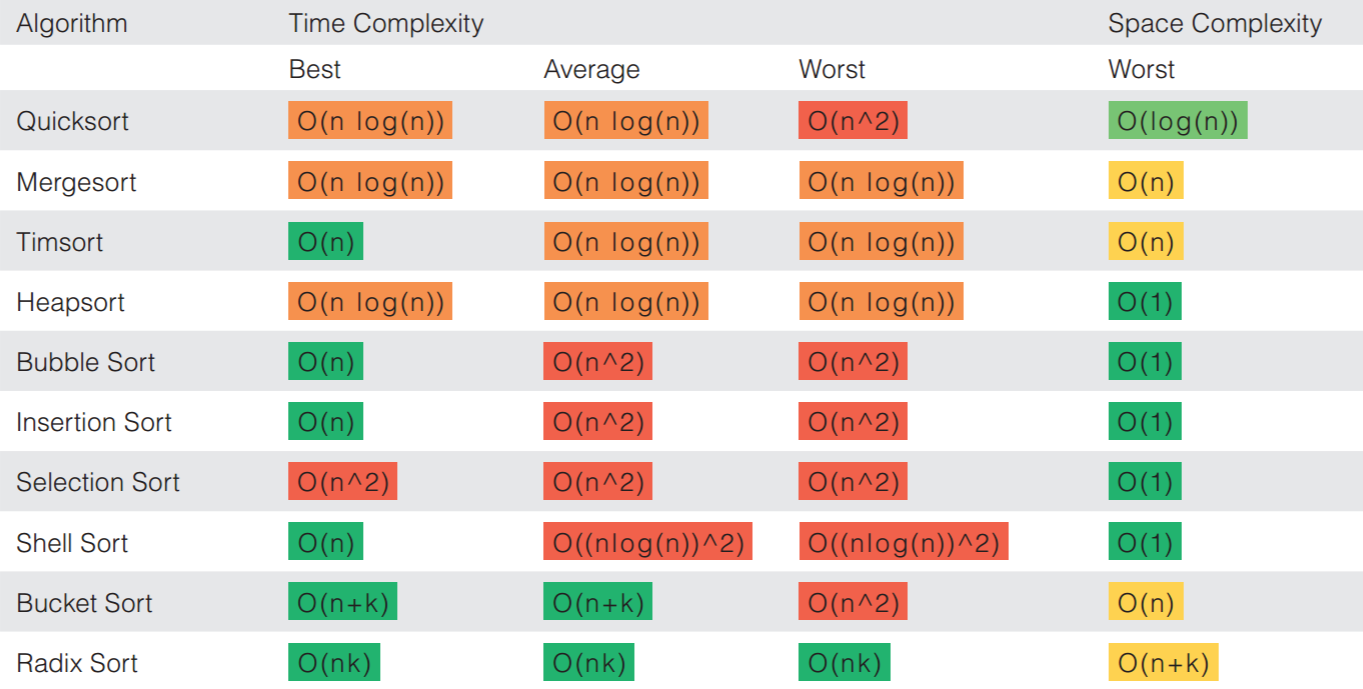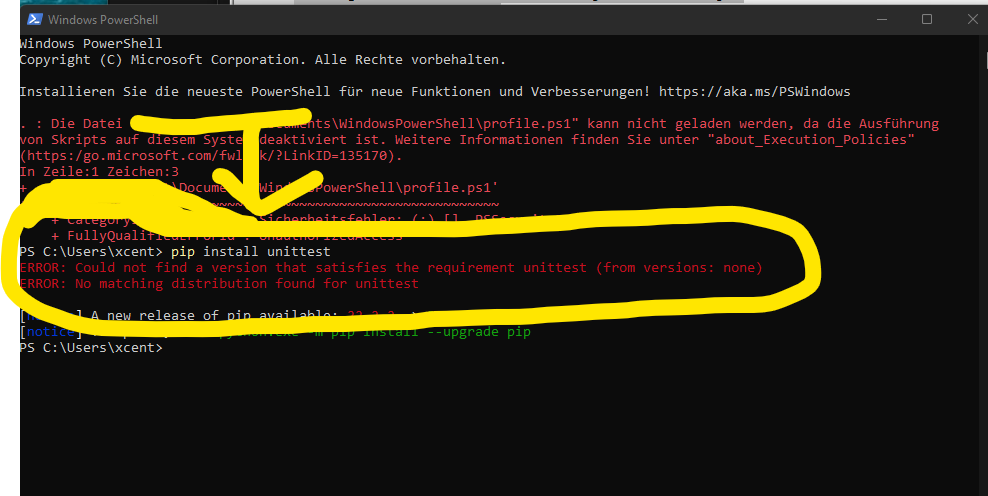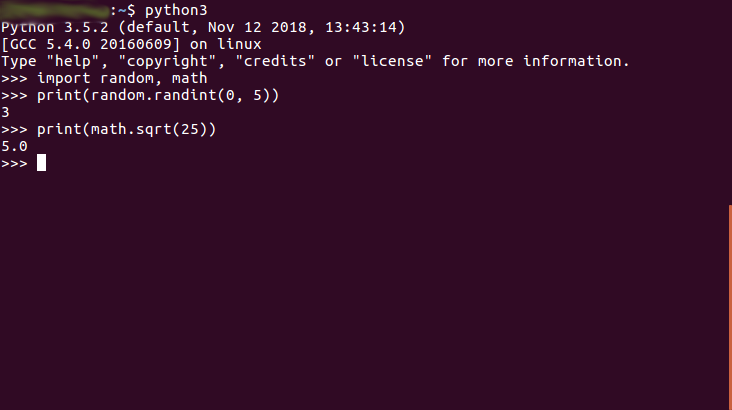How to make a network in Python?
How to make a network in Python?

I'd be happy to help!
To create a network in Python, you can use various libraries and frameworks that are designed for this purpose. Here, we will cover the basics of creating a simple network using Python's built-in socket module.
What is Networking?
Before diving into the code, let's quickly define what networking means in the context of programming. In simple terms, networking refers to communication between two or more devices (like computers, smartphones, etc.) over a network medium, such as the internet, local area networks (LAN), wireless networks (WAN), and so on.
Basic Network Structure
A basic network typically consists of three main components:
Hosts: These are the devices that connect to each other through a network. Network Devices: Routers, switches, gateways, bridges, and firewalls are examples of devices that help facilitate communication between hosts. Protocols: Standardized rules for data transmission, such as TCP/IP (Transmission Control Protocol/Internet Protocol), HTTP (Hypertext Transfer Protocol), FTP (File Transfer Protocol), and so on.Creating a Simple Network in Python
Now, let's dive into the code! To create a simple network using Python, we can use its built-in socket module. Here's an example:
import socket
def send_message(dest_address):
Create a socket object.
client_socket = socket.socket(socket.AF_INET, socket.SOCK_STREAM)
try:
Connect to the server (host).
client_socket.connect((dest_address, 12345))
Send a message ("Hello, world!").
message = "Hello, world!"
client_socket.send(message.encode())
print(f"Message sent to {dest_address}: {message}")
finally:
Close the socket.
client_socket.close()
Run the sender (client).
send_message("localhost")
Server Side
To make this a two-way network, we need to create a server. Here's an example of how you can do it:
import socket
def start_server():
Create a socket object.
server_socket = socket.socket(socket.AF_INET, socket.SOCK_STREAM)
try:
Bind the socket to the address and port (localhost:12345).
server_socket.bind(("localhost", 12345))
Listen for connections (max of 5 at a time).
server_socket.listen(5)
print("Server started. Waiting for incoming connections...")
while True:
Accept an incoming connection.
client_socket, dest_address = server_socket.accept()
print(f"Connection established with {dest_address}")
Receive the message from the client (sender).
received_message = client_socket.recv(1024).decode()
print(f"Received message: {received_message}")
finally:
Close the socket.
server_socket.close()
Run the server.
start_server()
How it Works
Now, let's summarize how these examples work together to create a simple network in Python:
The client (sender) creates a socket and connects to the server using its IP address and port number (localhost:12345). The client sends a message ("Hello, world!") to the server. The server receives this message and prints it out.To extend this example into a real-world scenario:
You can add more features like error handling for failed connections, or adding multiple clients, etc. For a more advanced networking project, you might want to use frameworks such as Flask or Django for building web applications that interact with your network.In summary, Python's socket module provides an excellent starting point for creating networks in Python. You can create simple networks between devices and even develop full-fledged web applications using frameworks like Flask and Django!
What is socket programming in Python?
I'm happy to help!
Socket programming in Python refers to the process of creating a network connection between two computers, allowing them to communicate with each other using standardized protocols. In Python, this is achieved through the use of libraries such as socket and select, which provide an interface for creating, managing, and manipulating network sockets.
A socket is a endpoint for communication between two devices (computer, phone, etc.) in a computer network. It represents a connectionless protocol: TCP/IP. Sockets are used for both the client and server side of an application.
In Python, you can create a socket using the socket module, which provides functions such as socket.socket() to create a new socket, socket.connect() to establish a connection with another device, and socket.listen() to start listening for incoming connections.
Here's a basic example of creating a socket in Python:
import socket
Create a socket object
sock = socket.socket(socket.AF_INET, socket.SOCK_STREAM)
Define the port on which you want to connect
port = 12345
Connect to the server (localhost is default)
server_address = ('localhost', port)
print('Connecting to {} on port {}'.format(*server_address))
connection = sock.connect(server_address)
print('Connected.')
On the receiving end, you would typically use a library like select to listen for incoming connections and accept them using the accept() function:
import select
import socket
Create a server socket
sock = socket.socket(socket.AF_INET, socket.SOCK_STREAM)
sock.bind(('localhost', 12345)) # You can choose any available port
sock.listen(5) # Queue up to five connections
Wait for a connection request
ready = select.select([sock], [], [], 1)[0]
if ready:
sock.accept()
print('Server listening...')
Socket programming in Python allows you to create network-based applications such as web servers, chat rooms, and file transfer services. With the socket library and other supporting libraries like select, you can handle multiple clients simultaneously and manage concurrent connections.
In summary, socket programming in Python is a fundamental aspect of building networked applications, enabling communication between devices over networks, and handling various protocols for data transfer, error handling, and more.





